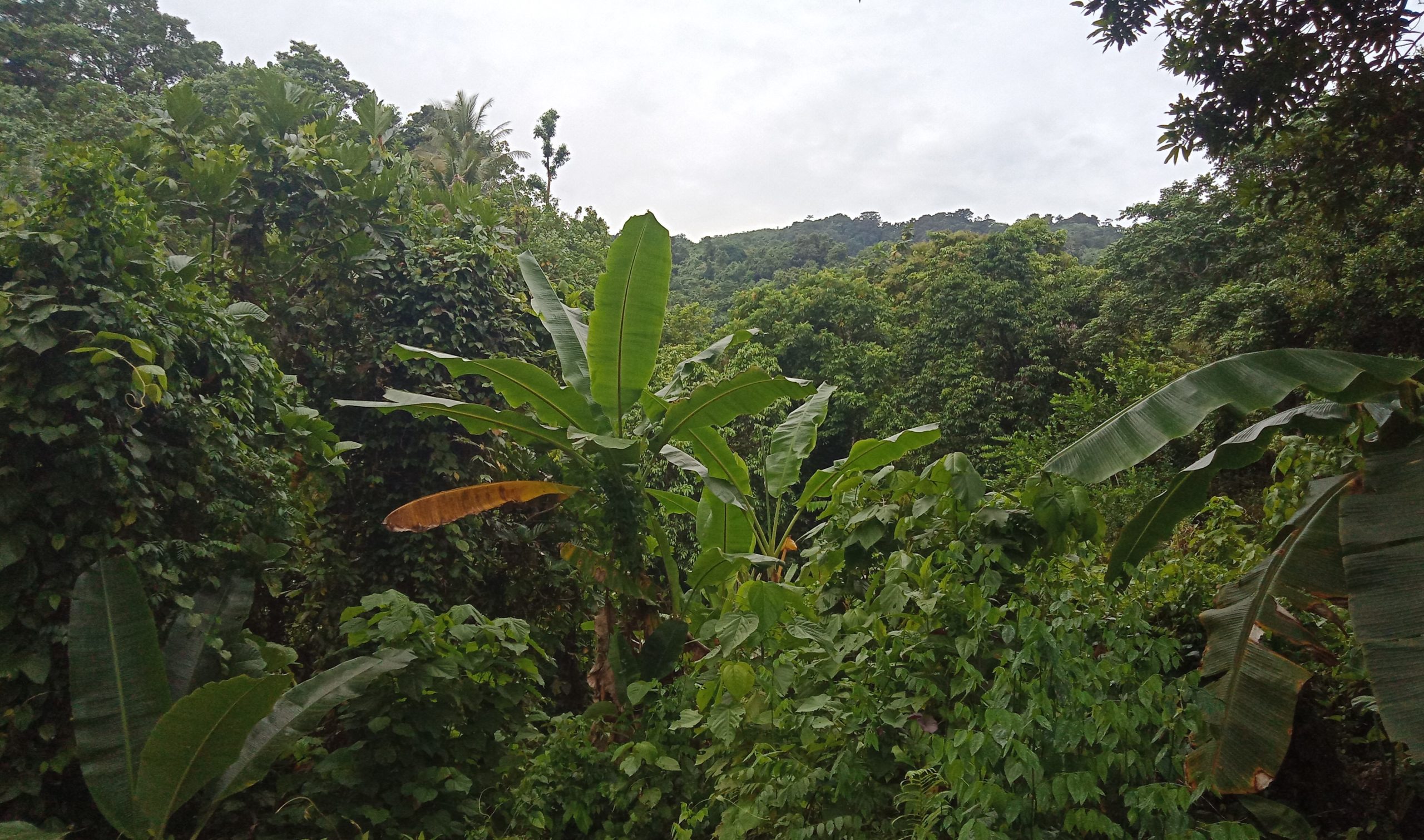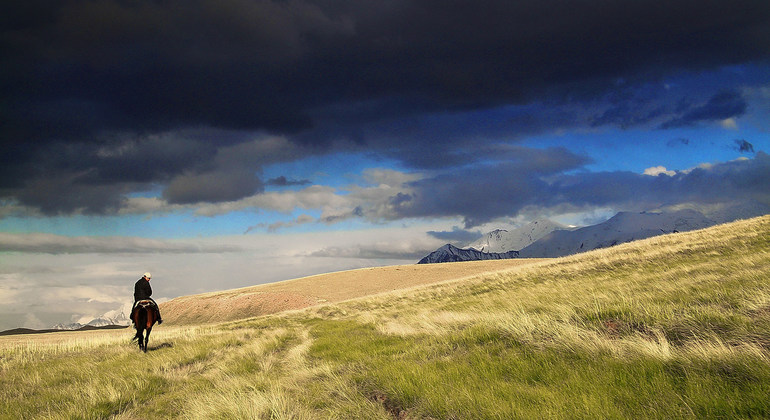Globally deforestation continues, albeit at a slower rate, with 10 million hectares a year being converted to other uses since 2015, down from 12 million hectares a year in the previous five years, according to the key findings of a flagship report that is conducted by the Food and Agriculture Organisation of the United Nations (FAO) every five years.
The key findings of the Global Forest Resources Assessment 2020 (FRA 2020) have been released today together with an interactive publication called “A Fresh Perspective: Global Forest Resources Assessment 2020.” The full FRA2020 report, with country data, will be released at a later date.
According to the report, today there are 4.06 billion hectares of forest, equal to 0.52 hectare for each person on Earth. On a net basis, including forest expansions, the world’s forest area declined by 4.7 million hectares a year since 2010.
Almost a third of the world’s land surface is covered by forests, which provide a slew of materials, services, aesthetic comfort and supporting millions of livelihoods.
“Forests are a big part of our lives, and can be seen in our food, household furniture and felt in the cleaner air we breathe thanks to their presence, so we must work harder and work together across forestry and agriculture sectors, to slow down deforestation faster” said Maria Helena Semedo, Deputy Director-General, Climate and Natural Resources. “It’s very welcome to learn that more and more forest areas are subject to long-term management plans, which are essential to achieve Sustainable Development Goal 15.”
SDG 15 calls for protecting, restoring and promoting the sustainable use of terrestrial ecosystems that is fostering “life on land”. The Global Forest Resources Assessment is an essential component of FAO’s custodianship of key SDG 15 indicators as it collects and reports authoritative data on the trends in percentage of forest area and progress on sustainable forest management. Today, 2.05 billion hectares of forests, more than half the total, are subject to management plans.
“The Global Forest Resources Assessment is a comprehensive view of the world’s forests and a critical tool in formulating sound policies, practices and investments,” said Mette Wilkie, Director, Forestry Policy and Resources Division. She hailed the outstanding collaboration between FAO and a global network of over 700 experts who together harmonised methods and examined more than 60 factors in 236 countries and territories to produce the assessment.
Tangible progress
One notable upside captured by the new assessment is that the area of forest in protected areas globally has increased by 191 million hectares since 1990 and now 18 percent of the world’s forests are located within protected areas, with South America home to the highest share of these.
That means that the world has met and surpassed, for forests, the Aichi Biodiversity Target to protect at least 17 percent of terrestrial area by 2020, said FAO Senior Forestry Officer Anssi Pekkarinen, who coordinated the assessment.
Some key findings
-The world’s forest area has shrunk since 1990 by 178 million hectares, roughly the size of Libya.
-During the last decade Forest area has increased in Asia, Oceania and Europe, while the highest rate of net forest losses were recorded in Africa, followed by South America.
-Primary forests account for some 1.11 billion hectares
-About 30 percent of all forests is used primarily for production of wood and non-wood forest products.
-The share of forests designated primarily for soil and water protection is increasing.
-Most forest areas – 93 percent of the total – consist of naturally regenerating forests, while the remainder is planted.
-Total forest carbon stock is decreasing with declining forest area although the carbon stock density has slightly increased within the last three decades.




